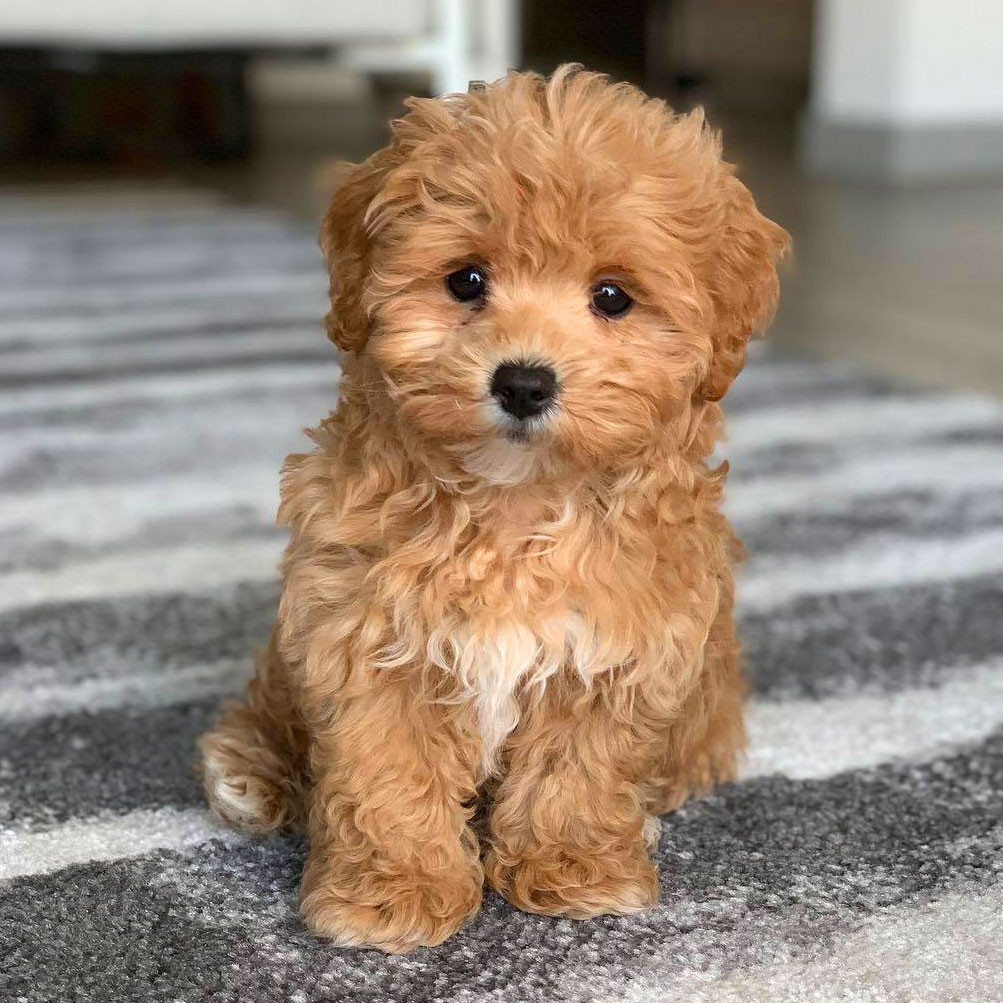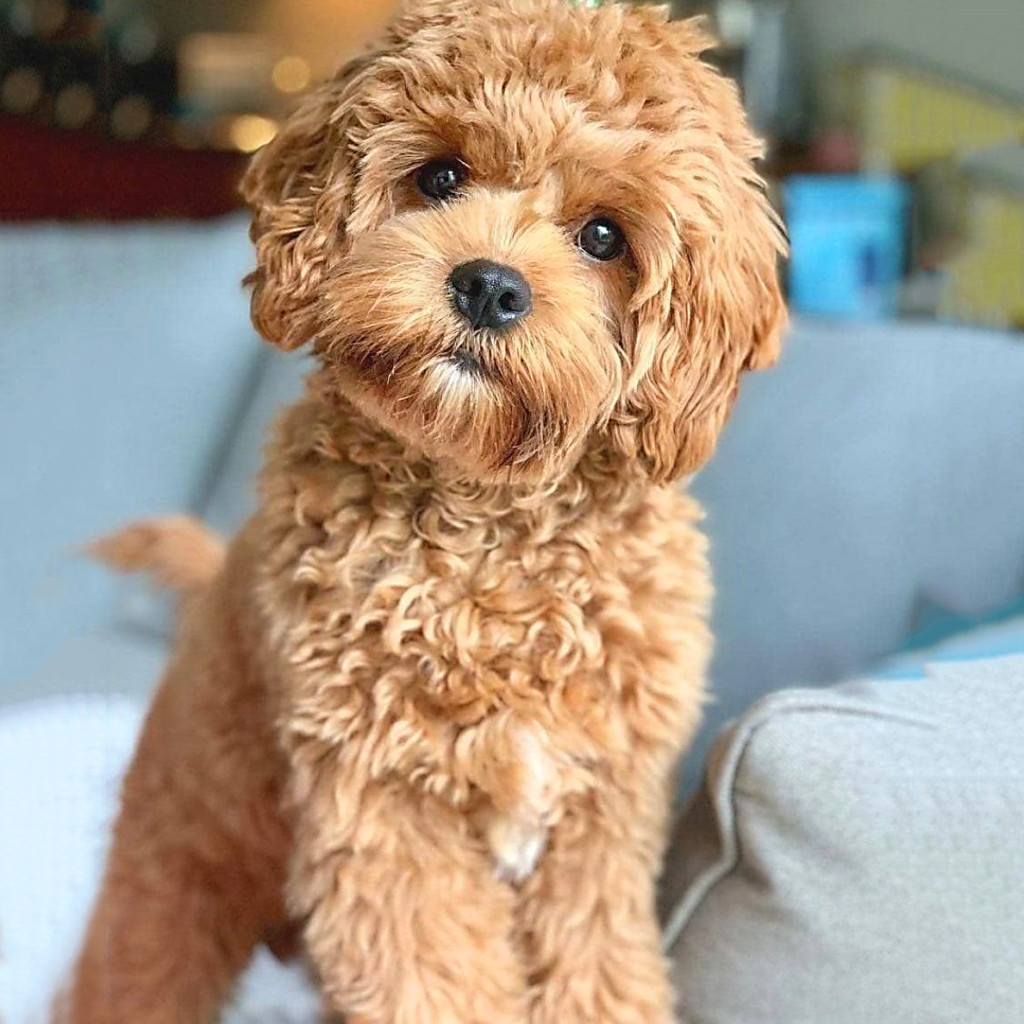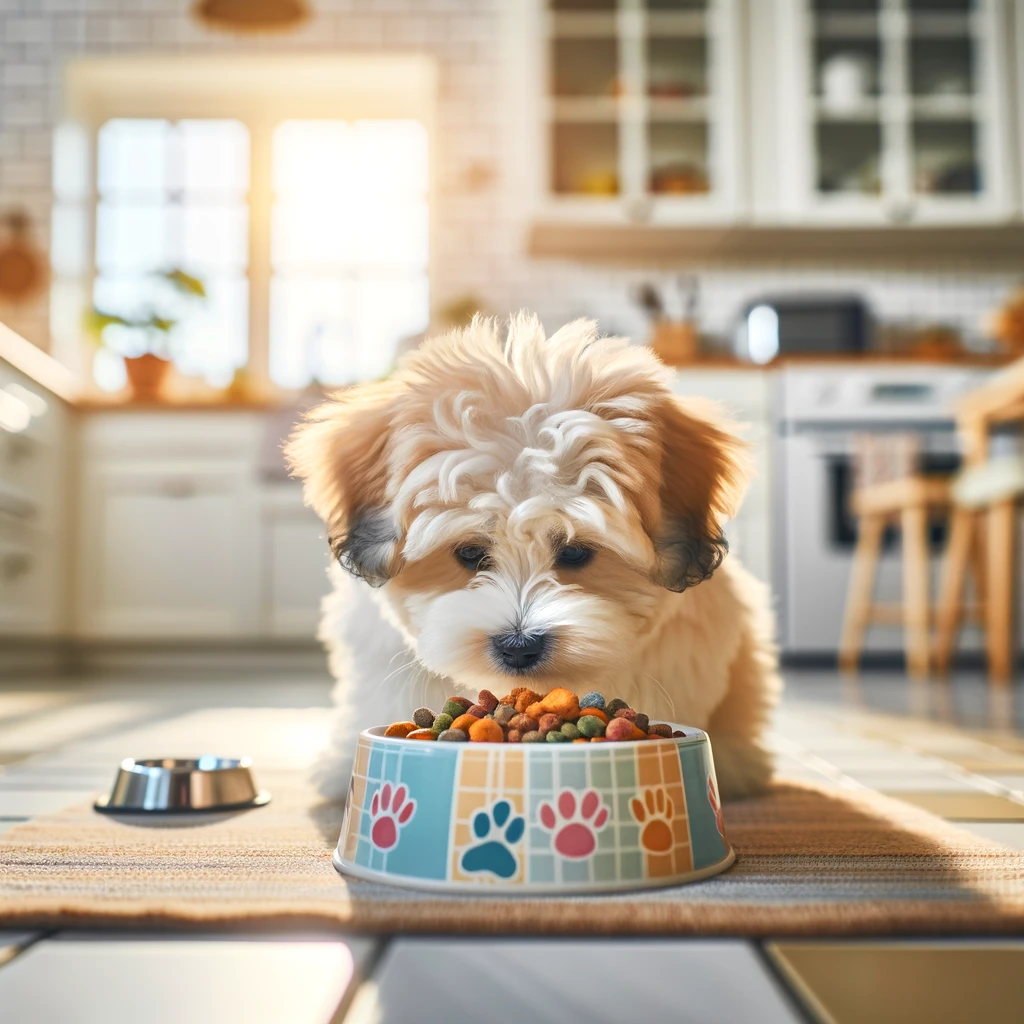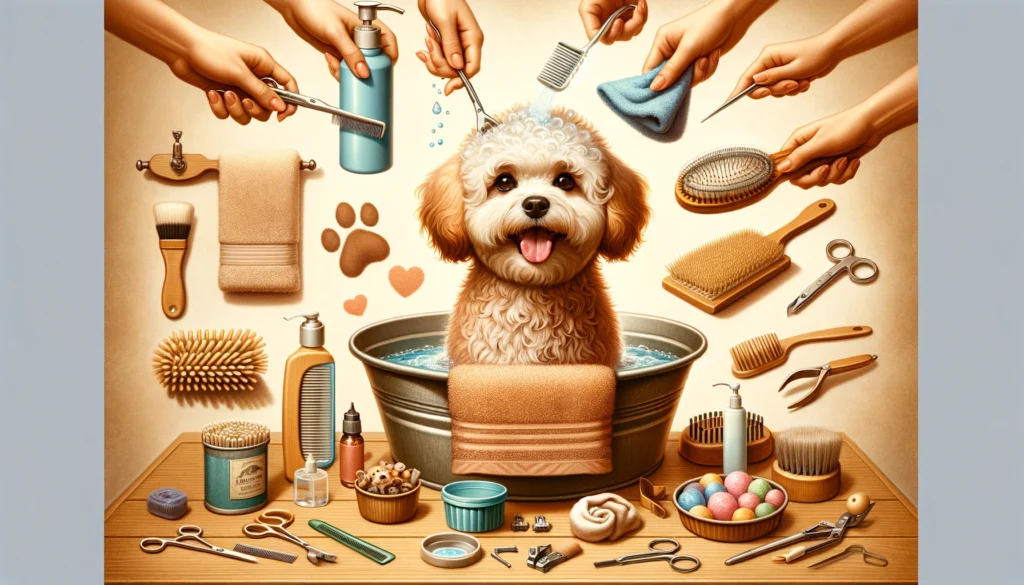
When you bring a Maltipoo into your life, you gain a charming, loyal, and intelligent companion. However, proper care is crucial to ensure your furry friend grows from a sprightly puppy into a happy, healthy adult. This blog post will serve as your comprehensive guide to Maltipoo care, touching on everything from understanding their unique traits to feeding, training, grooming, and even health issues common in the breed.
List
Understanding the Maltipoo: General Characteristics
A Maltipoo, an adorable blend of the Maltese and Poodle breeds, has won the hearts of many dog lovers around the world. This adorable hybrid breed boasts a mix of traits that make them a delightful addition to any home. Small yet spirited, Maltipoos usually weigh between 5-20 pounds and stand about 8-14 inches tall, but what they lack in size, they more than make up for in personality.
Inheriting traits from both parent breeds, Maltipoos possess an intelligence reminiscent of the Poodle, alongside the warm and sociable nature of the Maltese. This captivating combination ensures a pup that's not just cute but also clever and affable. Maltipoos have a penchant for play and are known for their loveable, affectionate demeanors, making them excellent companions.
The adaptability of the Maltipoo cannot be overstated. They can comfortably live in a variety of environments, from spacious suburban homes to compact city apartments, making them a versatile pet for different types of households.
Regarding their coat, Maltipoos exhibit a range of appearances. They can have either wavy or curly hair, inherited from their Maltese and Poodle parents, respectively. The coat color is just as varied, with possibilities ranging from pure white to jet black, including various shades in between like cream, silver, and gray.
In essence, every Maltipoo is a little different, but each one is undeniably charming. Their endearing looks and amicable nature make them a joy to have around, while their intelligence and adaptability ensure they can fit into a variety of lifestyles.

Feeding Your Maltipoo: Nutritional Needs and Meal Planning
Proper nutrition plays a critical role in your Maltipoo's health and vitality. As a breed characterized by small stature but high energy, Maltipoos require a diet that can keep up with their zest for life. That means selecting a dog food that is high in quality proteins to promote muscle growth and maintain overall well-being.
Given the wide range of dog food options available in the market, it's vital to choose one specifically formulated for small breeds. These usually contain the necessary nutrients your Maltipoo requires and are designed with smaller kibble size, making them easier for your Maltipoo to eat and digest.
Serving frequency and quantity should be tailored to your Maltipoo's unique needs. Puppies are typically fed more frequently - around four times a day - to support their rapid growth and high energy levels. As your Maltipoo transitions into adulthood, you can reduce this to two meals per day.
Portion sizes should be calculated based on your Maltipoo's age, size, and activity level. Overfeeding can lead to obesity and related health issues, while underfeeding could result in malnutrition. If you're uncertain about the appropriate quantity, it's always best to consult with your vet.
Hydration is equally as important as feeding, so be sure to provide your Maltipoo with fresh water at all times. Dehydration can lead to severe health complications and is a risk that should be avoided.
Lastly, keep a close eye on your Maltipoo's eating habits and weight. Any sudden changes can be indicative of underlying health issues. If you observe a loss of appetite or unexpected weight changes, it's advisable to consult your vet promptly. Remember, the goal is to maintain your Maltipoo's health and happiness through a well-balanced diet and proper feeding practices.

Training Your Maltipoo: Ensuring a Well-Behaved Companion
Incorporating training into your Maltipoo's daily routine is a rewarding process. Benefitting from their inherited Poodle intelligence, Maltipoos are often quick learners. Their eagerness to please and desire for social interaction make them particularly receptive to training, especially when begun during their early stages of life.
To set the stage for effective training, start with socialization as soon as possible. This involves introducing your Maltipoo to a variety of environments, people, and other animals to foster their confidence and sociability. Early socialization can significantly influence how well your Maltipoo reacts to new experiences and individuals in the future.
When it comes to obedience training, a technique known as positive reinforcement has been proven to work well with Maltipoos. This method encourages good behavior by rewarding your Maltipoo with treats, praise, or playtime whenever they follow a command correctly. Gradually, they will begin to associate obeying commands with positive experiences, enhancing their willingness to learn.
However, be prepared to exercise patience during the training process. Learning new commands can take time, and it's essential not to rush your Maltipoo or express frustration if they're struggling to grasp something. Consistent, gentle guidance can yield excellent results over time.
Remember that clarity and consistency are key when setting rules and boundaries. If a behavior is unacceptable, it should always be unacceptable. Avoid sending mixed signals, as this can confuse your Maltipoo and hinder their learning. Try to ensure all members of the household follow the same rules and commands to maintain consistency.
Training sessions should also be kept fun and engaging. Maltipoos are playful by nature, and incorporating games into the training can significantly increase their interest and participation. Short, frequent training sessions are generally more effective than long, sporadic ones. Aim for multiple 10-15 minute sessions throughout the day, and always end on a positive note to keep your Maltipoo motivated.
Note that Maltipoos, like many small breeds, can be prone to developing "small dog syndrome," where they display behaviors like excessive barking or aggression due to being spoiled or not adequately trained. This can be prevented through proper, consistent training and by treating your Maltipoo like a dog, not a human baby.
While training a Maltipoo can be a relatively smooth process due to their intelligent and sociable nature, don't hesitate to seek professional help if you're having difficulties. Professional dog trainers or obedience classes can be very beneficial, especially for first-time dog owners.
Keeping Your Maltipoo Looking Good: Grooming Tips
Grooming isn't merely about keeping your Maltipoo visually appealing, it's also integral to their overall well-being. Because of the Maltipoo's unique coat, regular brushing becomes paramount to prevent the formation of mats and tangles. The frequency of brushing may vary, ranging from daily to a few times a week, depending on the texture and length of your Maltipoo's coat.
Bathtime is another important aspect of Maltipoo grooming. Generally, a monthly bath is sufficient, unless your Maltipoo enjoys a roll in the mud or something equally messy! Always use a gentle, dog-friendly shampoo to maintain the health of their skin and coat.
Dental hygiene is crucial in Maltipoos, like in all breeds. Daily brushing of teeth with a canine toothpaste can help stave off oral diseases. If your Maltipoo resists this activity, consider using dental chews or specialized toys that help clean their teeth while they play.
Tending to your Maltipoo's nails is another important aspect of grooming. Overgrown nails can cause discomfort and affect your pet's ability to walk. Hence, regular trimming, usually every 3-4 weeks, is advisable. If you're unsure about doing this yourself, a groomer or vet can perform this task safely.
The ears of your Maltipoo also require attention. Regularly check for any signs of infection, like redness, unpleasant smell, or unusual discharge. Clean their ears with a vet-approved solution to maintain cleanliness and prevent infection.
Maltipoos, due to their light-colored coats, often show visible tear stains around their eyes. It's best to clean this area daily with a soft, damp cloth to prevent buildup and potential infection.
Do remember that while grooming at home is vital, regular visits to a professional groomer can ensure a comprehensive cleaning and the chance to spot any potential skin issues or parasites early. The groomer can also give your Maltipoo a stylish haircut, making them look their absolute best! Grooming is a wonderful way to bond with your Maltipoo while ensuring they're clean, comfortable, and healthy.

Protecting Your Maltipoo: Common Health Issues
Хоча Мальтіпу, як правило, мають хороший стан здоров’я, як і будь-яка порода, вони можуть бути схильні до певних генетичних або набутих станів здоров’я. Найчастіше серед них спостерігаються такі як люксація надколінника, коли колінна чашка зміщується; прогресуюча атрофія сітківки, дегенеративний стан очей; та епілепсія, неврологічний розлад.
It's imperative to maintain regular veterinary check-ups for your Maltipoo. These routine visits allow for the early detection of any potential health problems, making them easier to treat or manage. Additionally, always keep a vigilant eye on your Maltipoo. Any changes in their usual behavior, appetite, or physical appearance should warrant immediate attention. If something seems out of the ordinary, don't hesitate to consult your vet.
Apart from regular vet visits and monitoring your Maltipoo's behavior, maintaining a healthy lifestyle is also vital. Ensuring that your Maltipoo stays active and gets the right amount of exercise helps promote overall well-being, while preventing obesity—a common issue in small breeds that can lead to further health complications.
Just as important is a balanced, nutritious diet. Feeding your Maltipoo the right foods in appropriate quantities can make a world of difference in their health. Not only does a well-balanced diet keep them physically fit, but it also helps bolster their immune system, making them less susceptible to diseases.
In the end, protecting your Maltipoo's health boils down to a combination of routine veterinary care, attentive observation, and promoting a healthy lifestyle. These factors work hand-in-hand in ensuring that your Maltipoo leads a long, happy, and healthy life. Remember, your Maltipoo depends on you for its well-being, so it's your responsibility to provide them with the best possible care.
